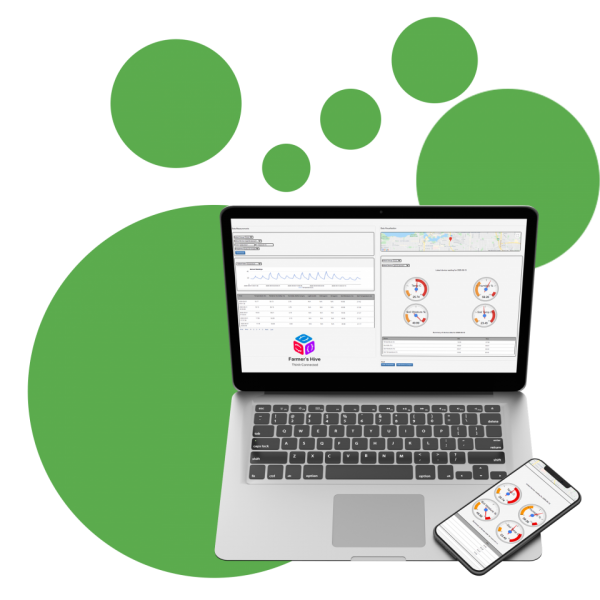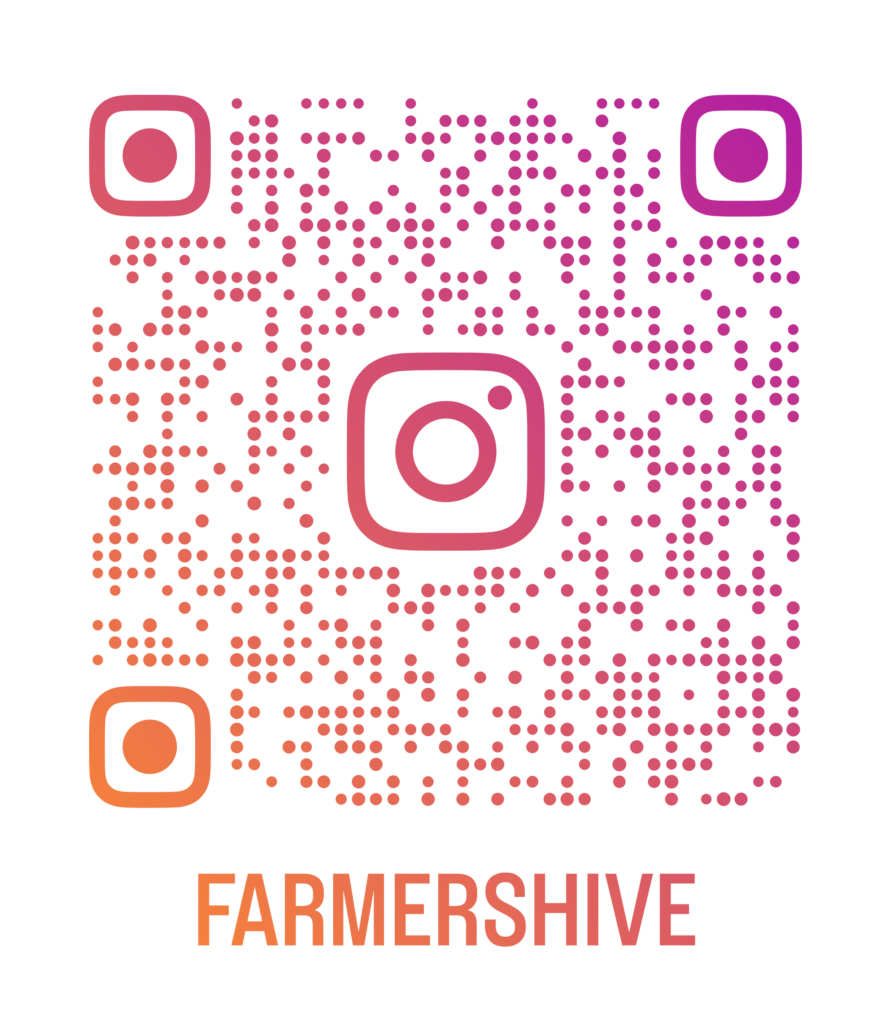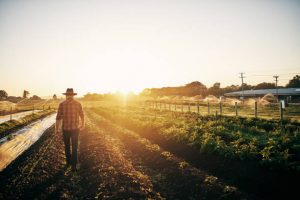Remote Learning in Education
Food production, Russ Edwards School of Agriculture & Environment, Brandon, Manitoba
Capturing production information through Farmer’s Hive technology for optimizing strawberry production in a passive solar greenhouse. Russ Edwards School of Agriculture and the Environment, Assiniboine Community College
In February 2024 challenges will begin with thanks to NSERC (Natural Sciences and Engineering Research Council of Canada): Producing vegetable and or small fruit crops, consistent in uniformity and quality, in a passive solar greenhouse system is crucial to ensuring consistent plant growth and yields. From a commercial point of view, it is well recognized that consistency and reliability are paramount for growers, which is why the inside climatic conditions of a passive solar greenhouse are meticulously monitored to meet the specific requirements of a crop being grown in these conditions.
Farmer’s Hive fruit grower’s application provides discernibility, reducing physical checks to close yield gaps, and increase plant health with IoT remote monitoring devices to help in decision making in crop agronomic and pest management activities and solutions. Dr. Sajjad Rao brings over 25 years of expertise in crop production agronomy, in particular developing an agronomic protocol for growing small fruits and vegetables in a passive solar greenhouse conditions for commercial production and will develop an understanding of Farmer’s Hive fruit grower’s application for producing early strawberries in a passive solar greenhouse condition.
Strawberries grow best at temperatures around 21 to 24 ̊C. Manitoba’s cold winters and hot summers provide a variable strawberry growing season. Greenhouses are designed to maintain optimal growing temperatures, and can be used to grow strawberries year-round. However, greenhouses are expensive to both build and operate. A passive solar greenhouse is relatively inexpensive to build and are passively heated and cooled, so operating costs are minimal.
However, they’re many of the benefits noted for passive solar greenhouses, such as early spring and late fall harvests, and better summer production. Growing in passive solar greenhouses have effectively extended the strawberry growing season in Manitoba from early March to September. The objective of this research is to use the Farmer’s Hive technology to a) identify the climatic parameters for production of strawberries, ensuring fruit uniformity and quality, in a passive solar greenhouse system, b) adoption of passive solar greenhouse technology, with reduce environmental impact, providing year-round crop production option for Canadian growers and c) expand the Farmer’s Hive database to include covered strawberry cultivation. More to follow…
Food Security with Kwantlen Polytechnic University, Beautiful British Columbia
Accelerating agri-innovation to address climate change challenges with KPU. 🌱
In June 2021, Farmer’s Hive ran a pilot programme with Kwantlen Polytechnic University to collect & analyze environmental data in the field. The purpose of this is to help predict common diseases affecting our food security such as, the development of late blight or potato blight in order for farmers to react in real-time & mitigate the damage to crops.
Well exciting news!! In June 2022, “The Natural Sciences and Engineering Research Council of Canada (NSERC) has awarded the Institute for Sustainable Horticulture at KPU $440,000 over two years to conduct the research into accelerating agricultural innovation to address climate change challenges. The funding, which is spread evenly across two years, allows up to seven industry partners to participate each year, as well as three KPU faculty researchers, several technicians and 12 student research assistants.” Farmer’s Hive in-kind contribution over the next two years is to provide KPU with the ability to collect real-time environmental data in a number of different locations. Our team will use wireless IoT sensors to stream data directly to our cloud based platform. “Technologies such as the laser and the Internet of Things applied to agriculture will provide producers with new tools to de-risk the farming enterprise as climate change increases those risks.” More to follow, so stay tuned.
Schools and students connected remotely
Enabling academic projects to continue in real-time with no physical location needed.
We deliver a plug and play solution connecting environmental data such as soil moisture, soil temperature, humidity, atmospheric pressure, air temperature, and various other sensor information directly to the cloud.
Multiple users can access the cloud through the Farmer’s Hive platform. This means students and professors can successfully work together. Using real-time data to stream to the platform to share metrics for project analysis & predictions. Exposure to data in this form creates new ideas in learning more about plant life. While helping create an ideal environment, to produce ideal crop yields.

Request a demo!
Project: Sunflower
In one university project, students are researching the sunflower in order to provide the best possible environment to prosper & produce the optimum amount of sunflower oil. They plant the sunflower seeds & use Farmer’s Hive to monitor the environmental data in real-time as it grows. The historical data is stored for project analysis and predictions to improve conditions. They use the tool to make changes in order to provide an ideal environment for the sunflower while creating a template for future yields. Students can use the Farmer’s Hive API integration for Java and various other platforms . This means real-time information can be streamed directly online to student projects for a complete report.
Project: Thermal Resistance
Another college project example is to find a practical method for calculating the total thermal resistance of a greenhouse. Algorithms are acquired to assess heat gain from sunlight radiation and existing thermal storage capacity. A fuel converter application used to estimate costs and emissions related to various greenhouse heating systems. The outcomes of this study will help the school integrate energy data into their existing microclimate assessment package and provide people with a complete range of parameters of their growing facilities, with focus on energy information for year-round greenhouse operation. In the variable climate of Canada, heat regulation is an important component of indoor farming.
As the COVID-19 pandemic threatens food supply chains, there have been already concerns raised in relation to widespread shortages and price increases. Northern BC communities are feeling a bigger impact of the current crises. The research addresses the cost-benefit aspects of year-round indoor food production and food security for the benefit of many local businesses and the communities they serve.


